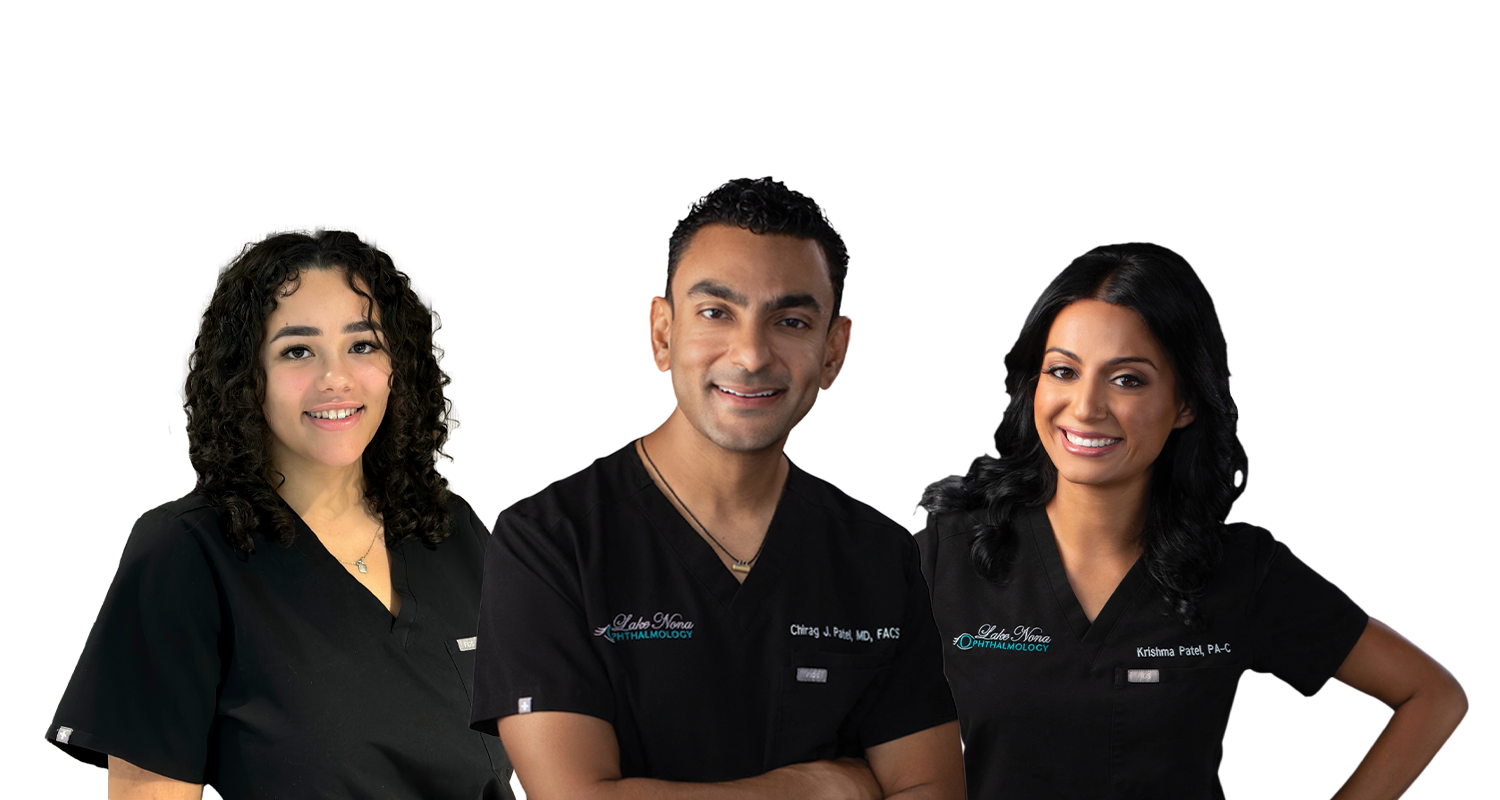 Ocular surface disease (OSD) refers to a blanket condition covering many ailments that can hamper tear film and dry out the ocular surface. Patients presenting ocular surface disease represent a significant portion of any ophthalmologist’s practice.
Ocular surface disease (OSD) refers to a blanket condition covering many ailments that can hamper tear film and dry out the ocular surface. Patients presenting ocular surface disease represent a significant portion of any ophthalmologist’s practice.
OSD is often undiagnosed and insufficiently treated. It involves a cluster of eye maladies, including:
- Dry eye syndrome
- Eyelid inflammation (blepharitis)
- Meibomian gland dysfunction (dysfunction in the oil secreted by the eye glands)
- Rosacea (inflammation, burning and itching)
- Allergies
- Damage from glaucoma medication
- Environmental irritants and burns
- Immunological ailments.
It is also possible that two or more of these conditions may coexist simultaneously.
OSD affects the fragile area of the cornea (the translucent coating that shapes the front of the eye). The condition is often linked to flaws in the form and function of the eyelids and the eyelid glands, and specifically in the ocular tear film, a mucus layer which protects and lubricates the surface of the cornea.
People with weakened ocular surfaces have a higher risk of discomfort or further ocular deterioration. It’s important to detect the evidence of infection early on, in order to limit the risk of serious or persistent complications.
Who is at Risk for Ocular Surface Disease?
Dry eye syndrome associated with OSD can be attributed to numerous factors, including older age, various medications that treat anxiety, depression, hormone replacement and high blood pressure, and ecological elements such as hot windy temperatures and air conditioning.
Women also show a higher propensity than men, and illnesses like arthritis, lupus, multiple sclerosis and thyroid disease can provoke inflammation and discomfort in the tear glands.
Symptoms of Ocular Surface Disease
One’s eyesight and quality of life can be greatly impeded by OSD. Common symptoms include:
- Distorted vision
- Pain and irritation
- Infection
- Itching
- Stinging
- Burning
- Redness
- Fatigue
- Blindness in extreme cases
Causes of Ocular Surface Disease
The tear film which protects the cornea is composed of several delicate layers, produced by a number of glands. The glands and layers can be impaired in different ways, such as the tissues that produce tears being weakened, and the tear film itself may have been weakened by outside agents.
Treatment of Ocular Surface Disease
Patients showing symptoms of ocular surface disease are often assessed in the same way as they would be with a complete eye exam, with the physician adding a more extensive analysis of the ocular surface. This analysis may consist of a detailed patient history, appraisal of potential risk factors, and a complete test of the ocular structures and their functions. An ophthalmologist will need to thoroughly evaluate the patient’s eyelids and lashes for any sign of disease as well.
Non-surgical treatments can commence upon diagnosis, and help give the patient the best chance for recovery. Common treatment for the dry eye element of OSD includes artificial tears, omega-3 fatty acid supplements, cyclosporine A, and corticosteroids.
 Lid hygiene using warm compresses can provide effective treatment for many types of eyelid conditions associated with OSD, especially meibomian gland dysfunction. Some conditions may indicate the need for oral tetracycline derivatives such as doxycycline and minocycline. A recent study has shown topical azithromycin acting as an efficient off-label remedy for blepharitis.
Lid hygiene using warm compresses can provide effective treatment for many types of eyelid conditions associated with OSD, especially meibomian gland dysfunction. Some conditions may indicate the need for oral tetracycline derivatives such as doxycycline and minocycline. A recent study has shown topical azithromycin acting as an efficient off-label remedy for blepharitis.
A number of surgical options exists in the treatment of OSD, ranging from relatively simple procedures to more complex processes. Superficial keratectomy remains the most straightforward surgical method to effectively renew vision, and to relieve an array of superficial OSD corneal dystrophies and deteriorations.
Conjunctival autograft transplantation is a straightforward and popular surgical approach to alleviate inflammation and deterioration of the conjunctiva (clear, thin tissue of the eye) commonly associated with ocular surface disease.
A more advanced surgical technique, limbal autograft transplantation, has proven very effective at restoring the integrity of limbal stem cells, badly damaged as a result of chemical or thermal burns related to ocular surface disease. Autografted limbal cells have the remarkable ability to rebuild and renew the ocular surface.


